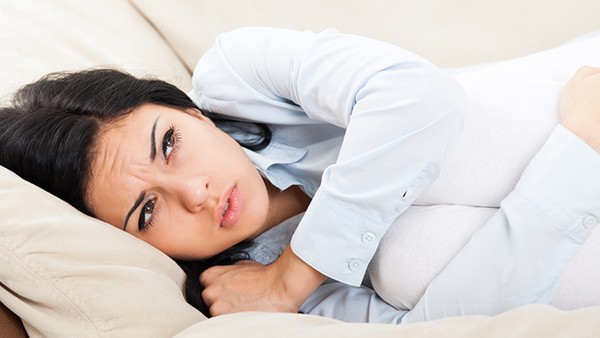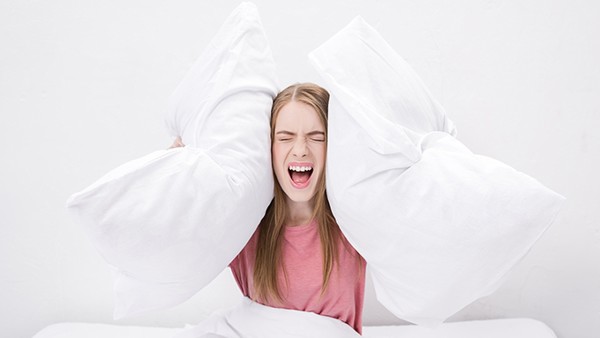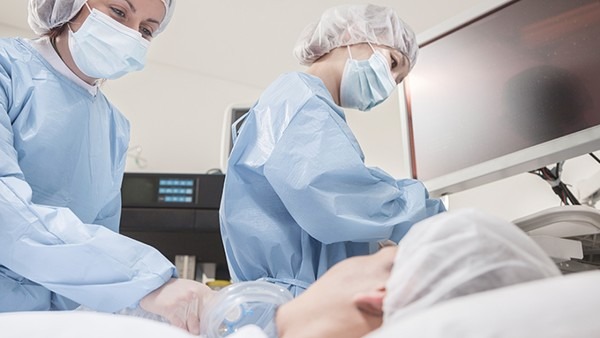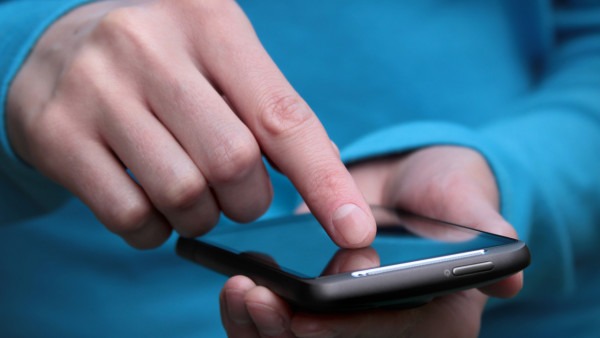How to Eat and Drink for Lumbar Bone Hyperplasia
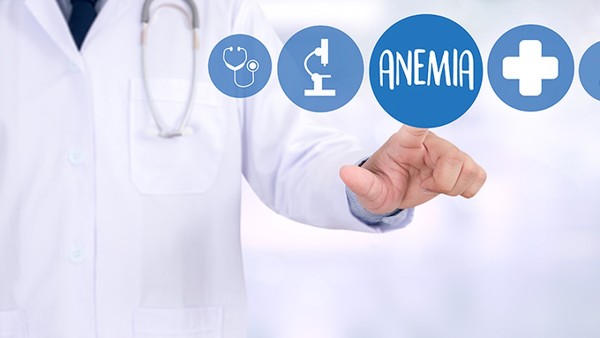
Lumbar bone hyperplasia, also known as lumbar spondylosis, is a common condition that affects the bones and joints of the lower back. It can cause pain, stiffness, and numbness in the lower back, legs, and feet. In severe cases, it can also lead to nerve damage and disability.
There is no cure for lumbar bone hyperplasia, but there are a number of things you can do to manage the condition and reduce your symptoms. One important aspect of managing lumbar bone hyperplasia is eating a healthy diet. Certain foods can help to reduce inflammation and pain, while others can exacerbate the condition.
Foods to Eat for Lumbar Bone Hyperplasia
Here are some foods that are good for people with lumbar bone hyperplasia:
Fruits and vegetables: Fruits and vegetables are packed with antioxidants, which can help to reduce inflammation and pain. They are also a good source of vitamins and minerals, which are essential for bone health.
Whole grains: Whole grains are a good source of fiber, which can help to regulate blood sugar levels and reduce inflammation. They are also a good source of vitamins, minerals, and antioxidants.
Lean protein: Lean protein, such as fish, chicken, and beans, is essential for building and repairing bone. It is also a good source of vitamins and minerals.
Dairy products: Dairy products are a good source of calcium and vitamin D, which are both essential for bone health.
Omega-3 fatty acids: Omega-3 fatty acids are found in fish, flaxseed, and walnuts. They have anti-inflammatory properties that can help to reduce pain and stiffness.
Foods to Avoid for Lumbar Bone Hyperplasia
Here are some foods that people with lumbar bone hyperplasia should avoid:
Processed foods: Processed foods are often high in unhealthy fats, sodium, and sugar. These ingredients can all contribute to inflammation and pain.
Sugary drinks: Sugary drinks can contribute to weight gain, which can put extra stress on the lower back. They can also increase inflammation and pain.
Alcohol: Alcohol can dehydrate the body and contribute to inflammation. It can also worsen pain and stiffness.
Caffeine: Caffeine can dehydrate the body and worsen pain and stiffness.
Tobacco: Tobacco smoke can damage the bones and joints. It can also worsen pain and stiffness.
Other Tips for Managing Lumbar Bone Hyperplasia
In addition to eating a healthy diet, there are a number of other things you can do to manage lumbar bone hyperplasia. These include:
Exercise: Exercise can help to strengthen the muscles around the spine and improve flexibility. It can also help to reduce pain and stiffness.
Physical therapy: Physical therapy can help to improve range of motion, reduce pain, and strengthen the muscles around the spine.
Medication: There are a number of medications that can help to reduce pain and inflammation associated with lumbar bone hyperplasia.
Surgery: Surgery is sometimes necessary to relieve pressure on the nerves in the lower back.
How to Eat and Drink for Lumbar Bone Hyperplasia
Eating a healthy diet is an important part of managing lumbar bone hyperplasia. By eating the right foods and avoiding the wrong ones, you can help to reduce inflammation, pain, and stiffness. You can also improve your overall health and well-being.
Here are some additional tips for eating and drinking for lumbar bone hyperplasia:
Eat small meals throughout the day. This will help to keep your blood sugar levels stable and reduce inflammation.
Drink plenty of water. Staying hydrated is important for overall health, including bone health.
Avoid alcohol and caffeine. These substances can dehydrate the body and worsen pain and stiffness.
Make sure you are getting enough calcium and vitamin D. Calcium is essential for bone health, and vitamin D helps the body absorb calcium. Good sources of calcium include dairy products, leafy green vegetables, and fortified foods. Good sources of vitamin D include fatty fish, eggs, and fortified foods.
By following these tips, you can help to improve your diet and manage your lumbar bone hyperplasia.
The above is all the content that the editor wants to share with you. I sincerely hope that these contents can bring some help to your life and health, and I also wish that your life will be happier and happier.
Topic: #eat #and #how
